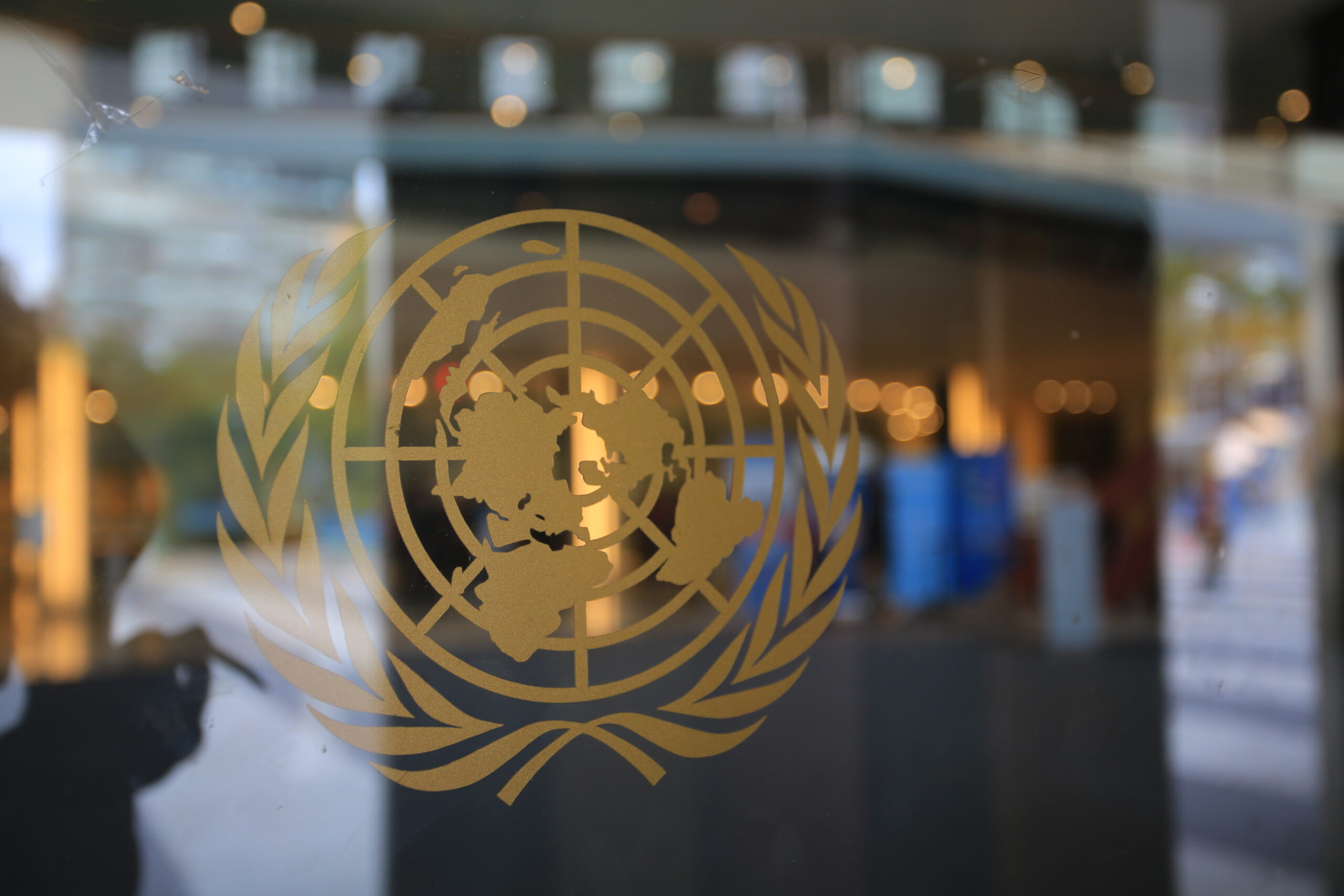We Can and Must Stop the NPT from Unravelling
From 1-26 August, political leaders and officials from around the world will gather at the United Nations to review the health of the Nuclear Non-proliferation Treaty (NPT). Much is at stake. Since entering into force in 1970, the treaty has played a crucial role in slowing the spread of nuclear weapons and reducing nuclear dangers. But pressures on the treaty are escalating, and the meeting in New York is likely to be fraught.
There’s no point sugar-coating the seriousness of the situation. In Europe, brothers and sisters are at war. Relations between the great powers are the worst they’ve been in decades. The danger of a nuclear weapons attack is real. Direct and implied nuclear threats between the nuclear weapon states are part of our lives again ― something most of us would have considered implausible when the NPT was last reviewed in 2015.
How things have changed. Now, states’ nuclear arsenals aren’t only being modernized, they’re being expanded after years of reductions. New and horrific nuclear weapons systems are being developed and deployed. According to reports, Russian President Vladimir Putin recently announced that by Christmas, Russia will be capable of wiping out the United Kingdom with a single launch.
Other strategic weapons systems and new technologies are proliferating ― some of them dual-capable, and with no attempt at control. Some of these pose major risks to strategic stability. Furthermore, the Intermediate-Range Nuclear Forces or INF Treaty (which eliminated an entire class of nuclear weapons from US and Russian arsenals) is dead, and no one seems to want to talk seriously about arms control anymore.
The situation is also deteriorating here in the Asia-Pacific, despite the region’s nuclear-weapons-free zones, the much smaller arsenals of the regional powers, and the no-first-use doctrines of China and India. Nuclear arsenals are growing in size and sophistication, and even beyond the nuclear-armed states, arms racing dynamics are getting stronger and breakout debates are underway. In Japan, there’s growing interest in nuclear sharing arrangements. In South Korea, calls for an indigenous capability have been getting louder.
Throughout our region, a permissive environment is undermining existing multilateral controls on missiles and related technologies. And although not many people want to admit it, nuclear hedging is well and truly underway. In addition, North Korea’s nuclear development continues apace and diplomatic efforts to stop it have all but ceased. Tensions over the future of Taiwan and territorial disputes in the South China Sea are also incendiary issues that threaten regional conflict.
Amid these worrying developments, political leaders are taking steps that unintentionally feed security dilemmas and undermine the nuclear non-proliferation regime. The AUKUS submarine deal is just one example of many recent defence decisions taken in this region in the name of national security and international stability that could so easily backfire.
Many of these developments are occurring in response to long-term, interrelated trends that go way beyond the NPT and the non-proliferation regime, but which have a powerful impact on it. Three stand out:
Firstly, the ongoing crisis of confidence in the UN system, which was exacerbated by the 2003 war on Iraq and continues to reverberate.
Secondly, the uncertainty over the future of the wider rules-based order, and especially over whether and how that order can be upheld and updated as power shifts among the world’s most powerful states – a destabilizing dynamic exacerbated by global challenges, such as climate change and energy insecurity.
Thirdly, the retreat to parochialism that has occurred as political leaders deal with the knock-on effects of these pressures on the domestic front, sometimes resorting to populist policies and false narratives in the process, feeding distrust and uncertainty at all levels, from local communities to international allies and adversaries.
These developments threaten to unravel the international system that has been carefully crafted over several decades, and of which the NPT is part. And the global pandemic, followed by the war in Ukraine, has intensified the pressures in ways that present very real dangers to the non-proliferation regime, including a collapse of confidence in security assurances.
That’s not the whole story either. There’s more, but that’s enough. Faced with all these backward steps, it would be easy to become fatalistic. But we mustn’t fall into that trap. We can acknowledge the very real difficulties and dangers without generating self-fulfilling prophecies. I strongly believe we can and must stop the nuclear non-proliferation regime from unravelling.
The best way to do that is for states to go into the NPT Review Conference with a determination to practice strategic empathy ― to genuinely listen to each other’s fears and concerns and to be willing to compromise and prioritize for everyone’s sake. It’s not about stepping back from or reinterpreting NPT obligations ― states should be accountable for the progress or lack of progress in treaty implementation. However, at the same time, there is a deep, shared fear that needs to be acknowledged and that should help in the immediate task of reaffirming commitments, rebuilding trust, promoting dialogue on strategic stability, creating a plan of action to reduce nuclear risks, and taking steps to keep disarmament alive.
The stakes couldn’t be higher as the NPT review conference convenes. The situation is increasingly dangerous, but the meeting offers a genuine opportunity for governments to help stop the descent into nuclear arms racing and reduce the risks of nuclear war.
About the Author
Tanya Ogilvie-White is Senior Research Adviser at APLN and Non-Resident Senior Fellow at the Coral Bell School of Asia Pacific Affairs, Australian National University.
This article was published in The Korea Times on 20 July 2022 as part of a dedicated, regular Korea Times column with analysis by APLN members on global issues. You can find the original post here.
Image: UN logo as seen at UN Headquarters in New York. iStock, Lewis Tse Pui Lung

